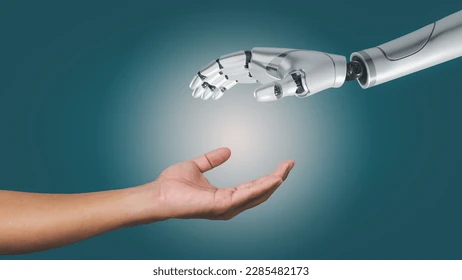Researchers from Japan have introduced the largest biohybrid hand ever constructed, utilizing cultivated human tissue to bring a new level of realism to robotic movements. This innovative creation is the result of a collaboration between the University of Tokyo and Waseda University.
The research team, led by Xinzhu Ren and Shoji Takeuchi from the University of Tokyo, alongside Yuya Morimoto from Waseda University, has engineered a robotic hand that functions using living muscle tissue. Measuring 18 cm in length with a palm size akin to that of a newborn, this biohybrid hand boasts five independently moving fingers, setting a new standard in the field.
Published in the prestigious journal *Science Robotics* in February 2025, this project highlights a significant advancement in the use of multiple muscle tissue actuators. These high-performance structures are formed by bundling delicate strands of human tissue, akin to “sushi rolls,” ensuring optimal nutrient delivery and preserving muscle fiber alignment—challenges that have previously hindered biohybrid designs.
Traditional biohybrids have been restricted to minimal sizes and limited joint movement, but this novel actuator design overcomes these limitations by enabling extended contraction distances and enhanced force. Within the project, the skeletal framework and artificial muscles are immersed in a nutrient-rich solution. Electrical stimulation triggers muscle contractions, bending the fingers in a manner reminiscent of human muscle function.
While the robotic hand currently cannot grasp heavier objects, it demonstrates precise finger movements, offering promising implications for future use in prosthetics and medical testing models. “Our work represents a vital step towards replicating biological systems. The potential applications in advanced prosthetics and medical research are vast,” stated Shoji Takeuchi.
The field of biohybrid robotics remains in its early stages, with foundational hurdles yet to be addressed. However, the progress exhibited by this project indicates a promising future where such technology could revolutionize prosthetic limbs and enhance our understanding of muscle tissue behavior in medical scenarios.


